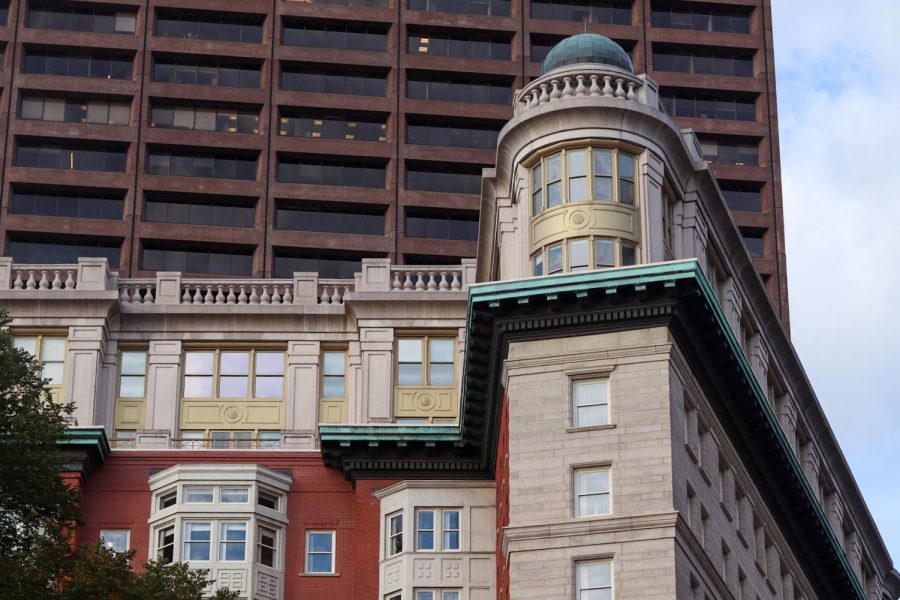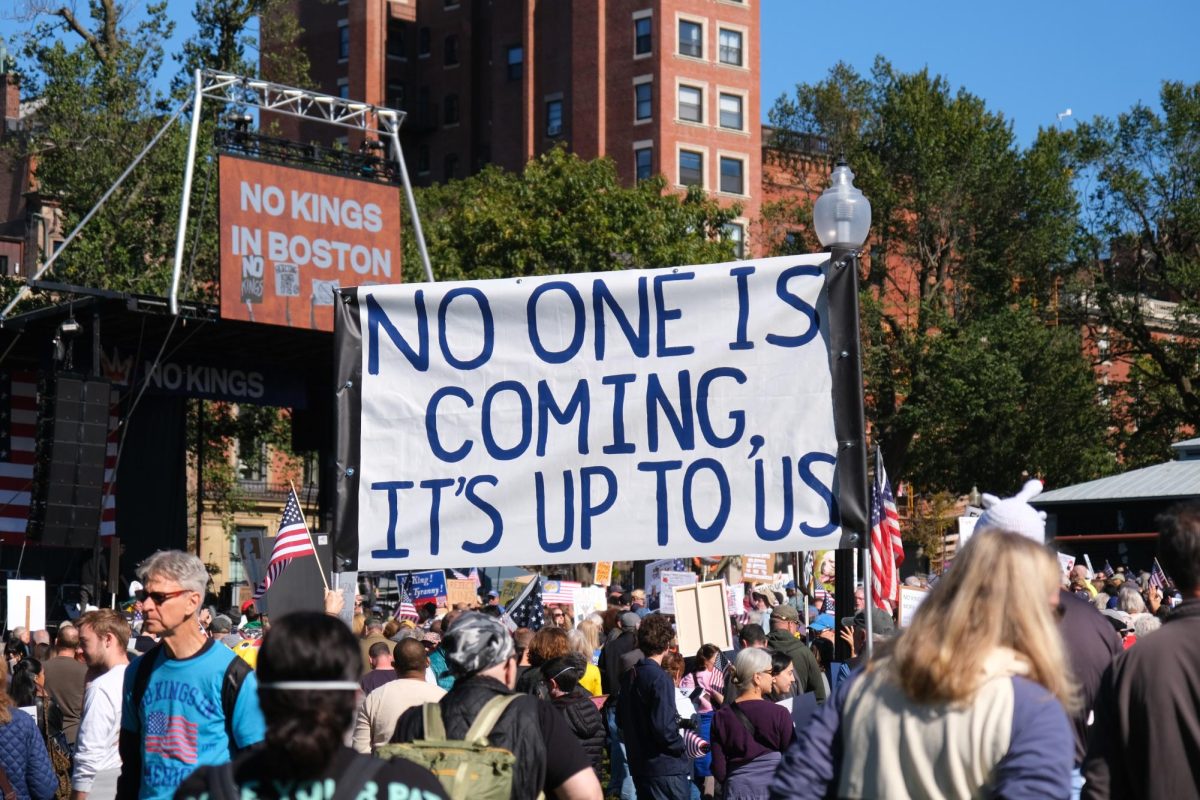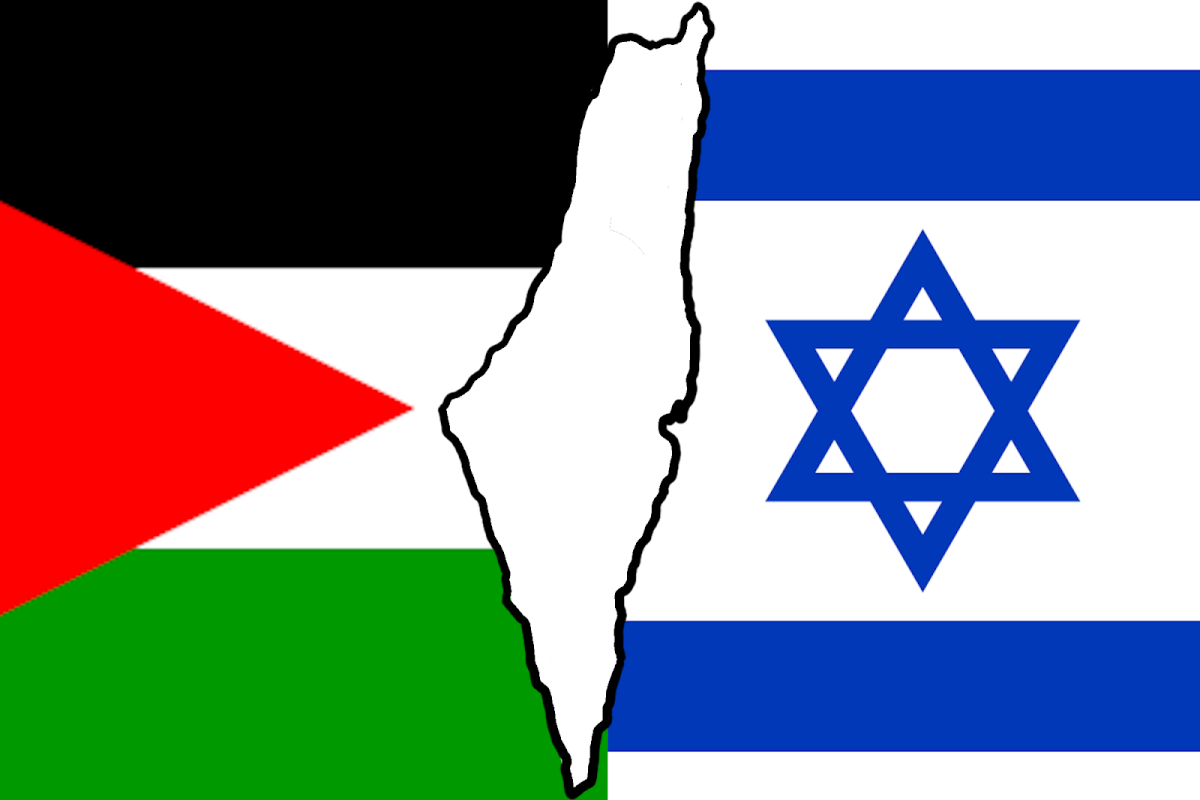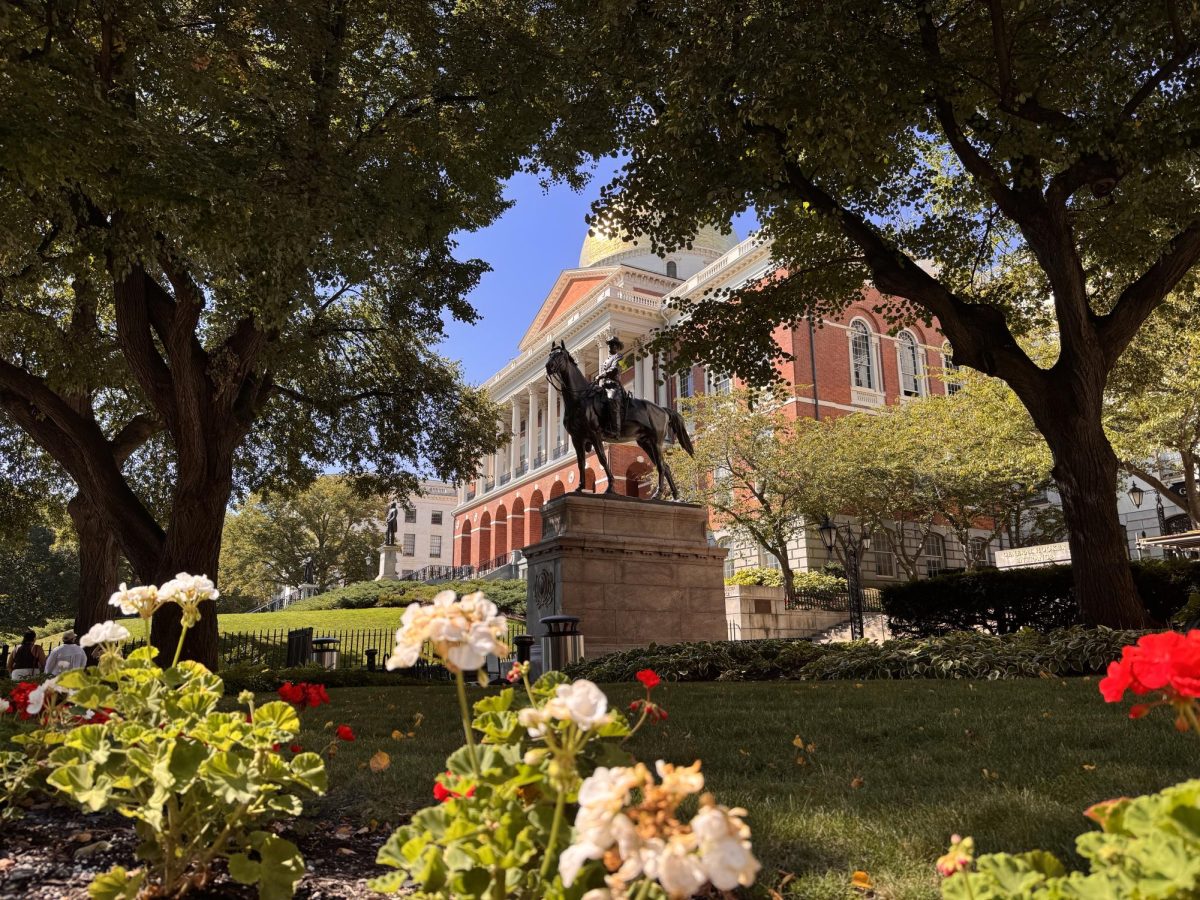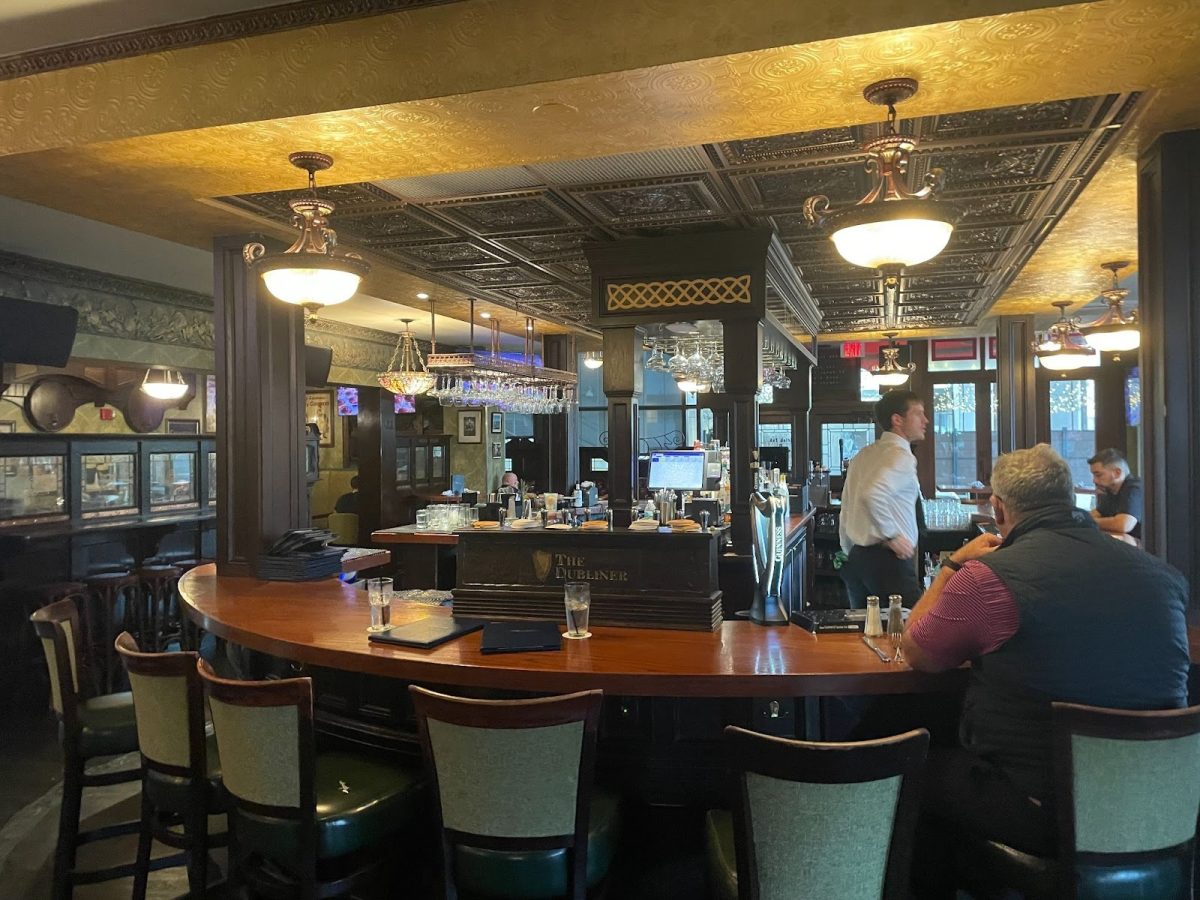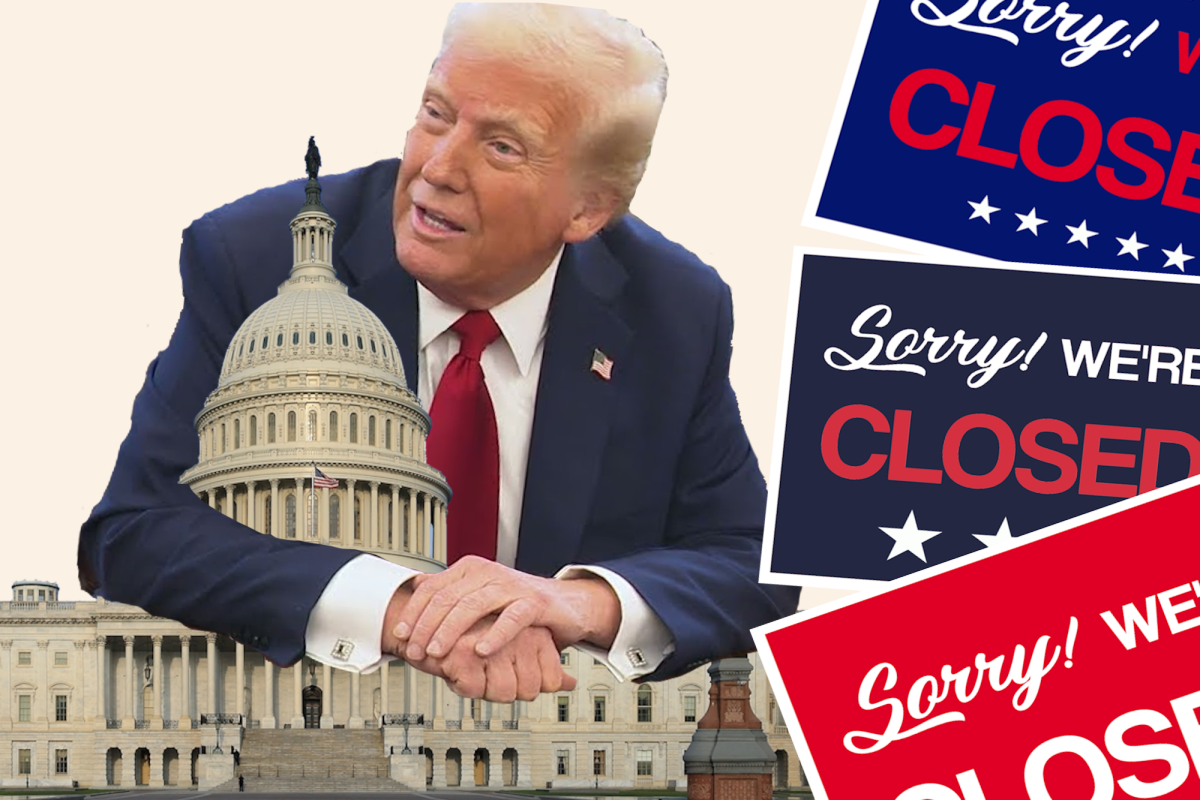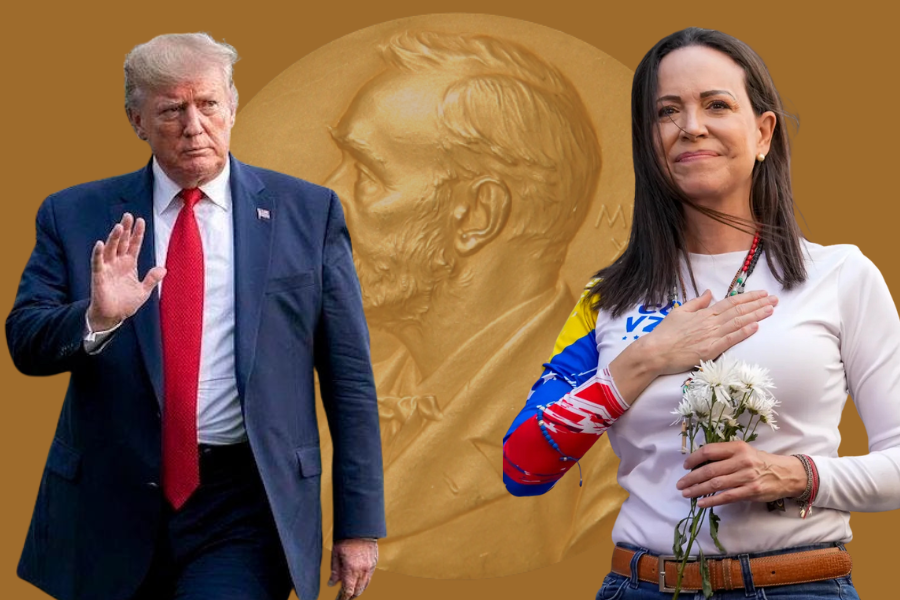One hundred and fifty-seven countries now recognize the state of Palestine.
A new wave of Western countries, including France, the United Kingdom, Canada and Australia, announced last week that with the recognition of the Palestinian state, a long-awaited two-state solution could be reached with the Israeli government.
To understand what is currently happening in the Middle East, you have to look back at how it got to where it is today.
The land that is modernly known as Israel has been the “Holy Land” for people of many different religious backgrounds for centuries. Looking at its ancient roots, this was an Arab state, Palestine. But because of the religious significance, the Jewish nationalist movement of Zionism was sparked to create a Jewish state in this region.
The Ottoman Empire was in control of the region until 1922, after World War I. Upon the empire’s fall, Jews and Palestinian Arabs were both promised a state where they would have their own independent government bodies.
However, the two states were never created.
After 1923, Britain took control of this region and part of what is now known as the country of Jordan. When the British withdrew from the region, the state of Israel was created in 1948. In its founding, the United Nations Resolution 181 was passed, which divided the land into the Jewish state and the Arab state, with the exclusion of Jerusalem, which is administered under an international regime. The partition plan created proposed borders for the Jewish and Arab states.
However, these are not the borders that were created.
What established the borders of these two states was the 1948 Arab-Israeli War. This war is referred to as the War of Independence by Israelis and the Nakba or Catastrophe by the Palestinians. It was this war that created the borders of the Arab state: the West Bank, the Gaza Strip and East Jerusalem. The rest of the region would be considered Israel.
Then, the Six-Day War of 1967 brought the West Bank, the Gaza Strip and East Jerusalem under Israeli military occupation.
The first intifada, or Palestinian uprising, in 1987 protested the Israeli occupation and advocated for the creation of an independent Palestinian state. The peaceful protests were met with violent confrontations. By the end, it brought forth peace agreements to formally establish independent Arab and Jewish states.
The peace agreements became known as the Oslo Accords. In 1993, the Oslo Ⅰ Accord was established and would have, theoretically, set up lasting peace between the two states.
But this was not the outcome.
As the Oslo Accords began to fail, an increased Israeli military presence in the occupied West Bank and Gaza Strip was established.
All of this brief history led up to multiple other uprisings and oppressions. Then, the Oct. 7 Hamas attacks sparked the beginning of the war in Gaza that has been raging since 2023.
The war has continued, but now many countries are starting to recognize the state of Palestine. But what does it mean for Palestine to now be recognized as a state?
The internationally recognized definition of what a state is is widely unknown, for there isn’t one clear answer.
How international law typically determines statehood is not through its recognition by others but through defined borders, a government, the capacity to enter into relations with other states and a permanent population.
Under these guidelines, how does Palestine fit the definition?
The borders of the territory have varied, but many revert back to the borders set by Israel’s win in the 1948 war that established the West Bank, Gaza and East Jerusalem as the Arab state. But Israel has occupied inside these borders, illegally under international law, since 1967.
There is a Palestinian government, known as the Palestinian Authority, that was established under the Oslo Accords. The PA does engage with other states and has diplomatic ties with other countries. However, the amount of independence that the PA does have under Israeli occupation is widely debated.
A permanent population has been prevalent, though, with millions of Palestinians residing in the West Bank, Gaza and East Jerusalem. And because this territory is historically an Arab state, Palestinians have been in the region for centuries.
Although 157 countries now recognize the state of Palestine, it remains unclear under international law if and when Palestine will be an independent state.
On Sept. 29, Trump announced a new peace plan for the future of Gaza in a news conference accompanied by Israeli Prime Minister Benjamin Netanyahu.
The proposal outlines an immediate end to the war and a 20-point plan to move forward with peace in the Gaza strip. Netanyahu said that he would accept the plan if Hamas also agreed and would not be involved in the Palestinian government moving forward.
Trump announced that Hamas had “three to four days” to respond to the proposal.
The war in Gaza is nearing two years. Over 65,000 people have been killed since October 2023, at least 440 of those have died due to starvation, according to Al Jazeera.
New attacks continue to hit the Gaza Strip as humanitarian aid continues to be halted. On Sept. 16, Israel began a new series of ground offenses in Gaza City that forced thousands more Palestinians to flee, again.
The United Nations General Assembly continued this week in New York. Both Mahmoud Abbas, the Palestinian president, and Benjamin Netanyahu, the prime minister of Israel, spoke on their outlooks on what the future of the region was; however, they spoke of vastly different realities.
Abbas spoke via video during the assembly and urged the world to recognize Palestinian statehood. He condemned the Oct. 7 Hamas attacks and said that Hamas would not be affiliated with the PA, saying that they “do not represent the Palestinian people, nor their struggle for freedom and independence.”
“Peace cannot be achieved if justice is not achieved and there can be no justice if Palestine is not freed,” Abbas said.
He added that the Gaza Strip is an essential part of the state of Palestine and called Israel’s attacks “not merely an aggression, it is a war crime and a war against humanity.”
Before Netanyahu could begin his speech at the UN, delegates walked out in protest of Israel’s continued attacks. Once he did speak, the prime minister made it clear that Israel would not be ending the war soon.
Netanyahu said that Israel must “finish the job” against Hamas in Gaza.
He said that Israeli’s recognizing the state of Palestine would be to “commit national suicide.” He also criticized Israeli allies that have recently come out in recognition of Palestine.
“Western leaders may have buckled under the pressure,” Netanyahu said. “And I guarantee you one thing, Israel won’t.”
Abbas said, “No matter how long the suffering lasts, it will not break our will to live and survive. The dawn of freedom will emerge and the flag of Palestine will fly high in our skies as a symbol of dignity and steadfastness.”




